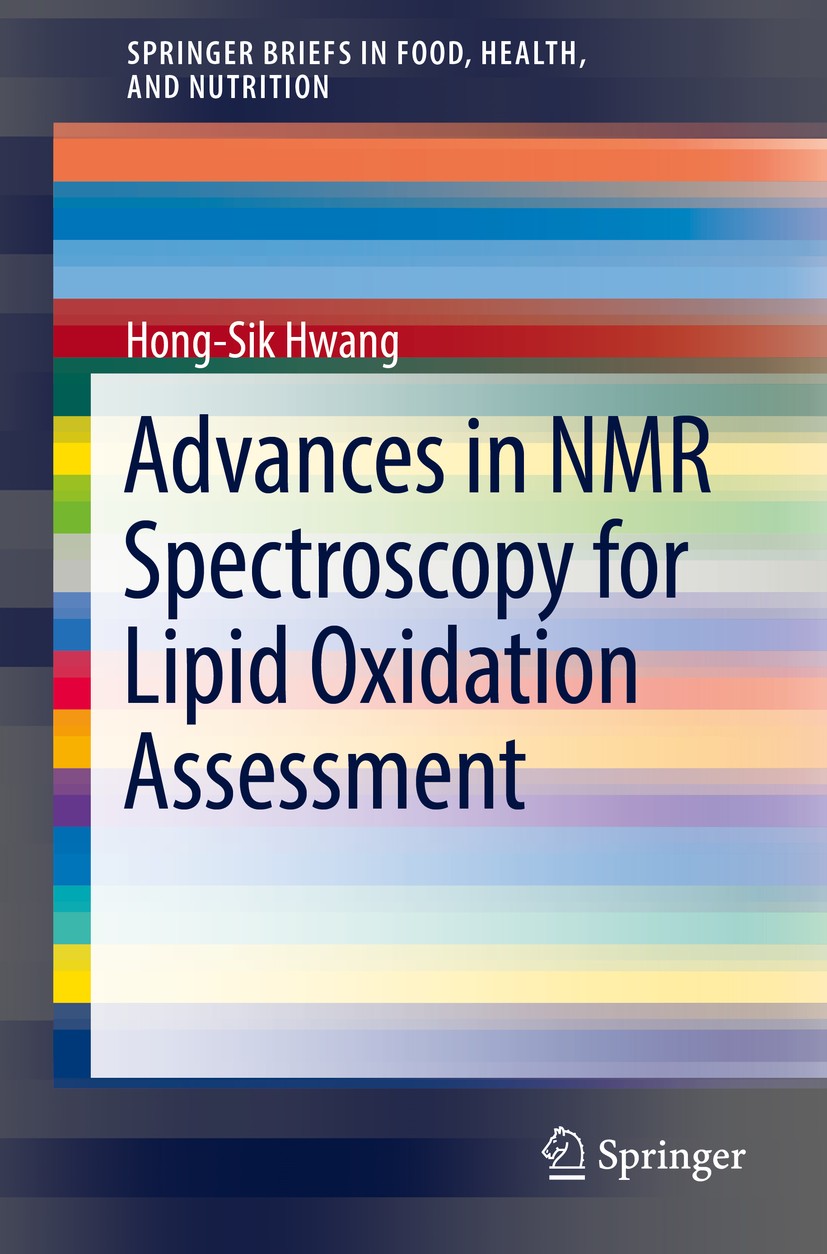| 期刊全称 | Advances in NMR Spectroscopy for Lipid Oxidation Assessment | | 影响因子2023 | Hong-Sik Hwang | | 视频video | http://file.papertrans.cn/150/149056/149056.mp4 | | 发行地址 | Provides a comprehensive overview of NMR spectroscopy for lipid oxidation assessment in foods.Details NMR Spectroscopy in foods and its advantages for assessment of oxidation during both oil storage a | | 学科分类 | SpringerBriefs in Food, Health, and Nutrition | | 图书封面 |  | | 影响因子 | .This Brief provides a comprehensive overview of NMR spectroscopy, covering techniques such as .1.H, .13.C, and .31.P NMR, which are reliable tools to determine lipid oxidation level, to identify oxidation products, and to elucidate oxidation mechanism. The Brief shows that .1.H NMR spectroscopy continually demonstrates reliability, accuracy, convenience, and advantages over conventional analytical methods in determination of the level of oxidation of edible oil during frying and storage through monitoring changes in several proton signals of oil, including olefinic, bisallylic and allylic protons. This modern analytical method is shown within this text to be used to identify oxidation products, including primary oxidation products such as hydroperoxides and conjugated dienes and secondary products such as aldehydes, ketones, epoxides and their derivatives. By identifying intermediates and final oxidation products, many oxidation mechanisms could be elucidated. A relatively newer method, the text demonstrates that .13.C NMR and .31.P NMR spectroscopy can also provide additional information on the molecular structure of an oxidation product. Backgrounds, principles, and advantages o | | Pindex | Book 2017 |
The information of publication is updating

|
|
 |Archiver|手机版|小黑屋|
派博传思国际
( 京公网安备110108008328)
GMT+8, 2025-11-15 06:18
|Archiver|手机版|小黑屋|
派博传思国际
( 京公网安备110108008328)
GMT+8, 2025-11-15 06:18


